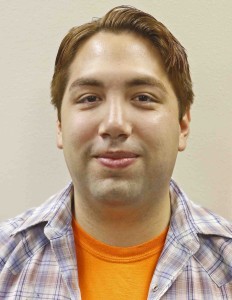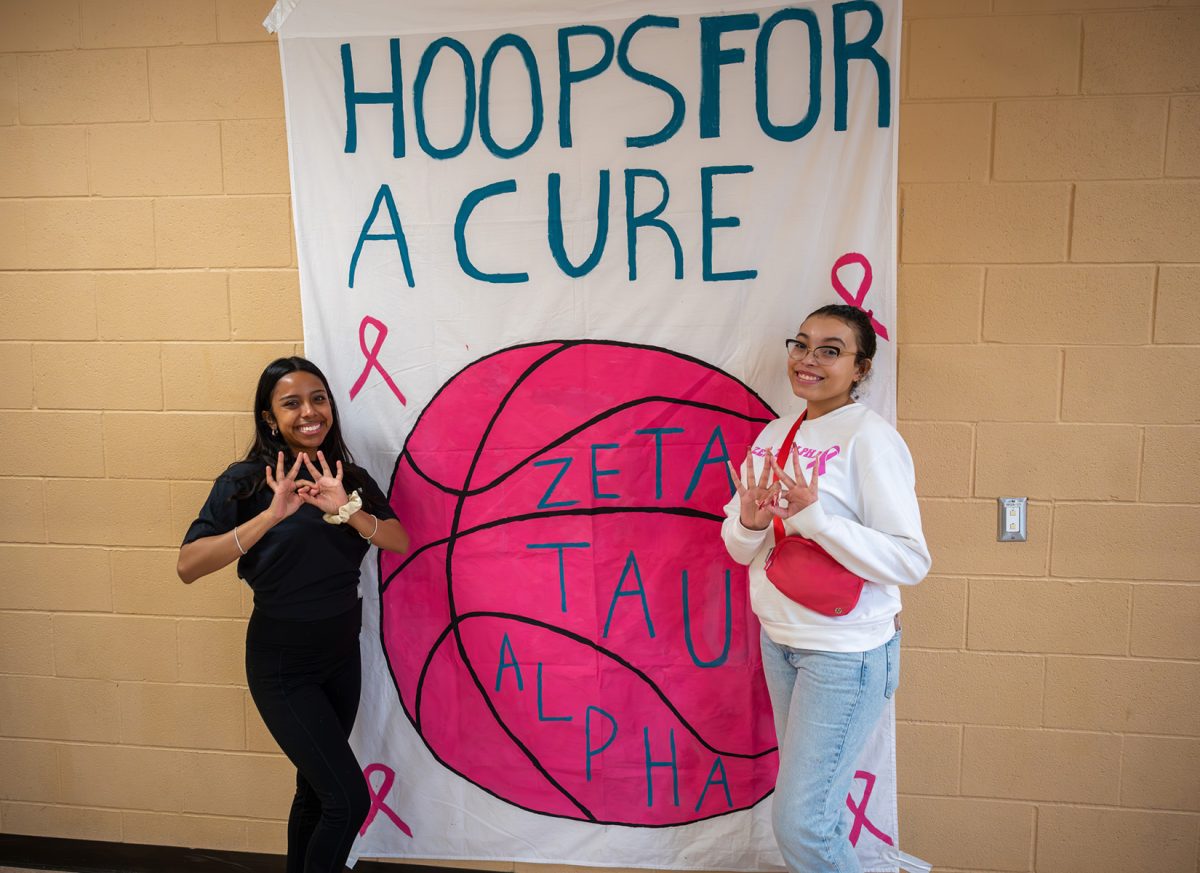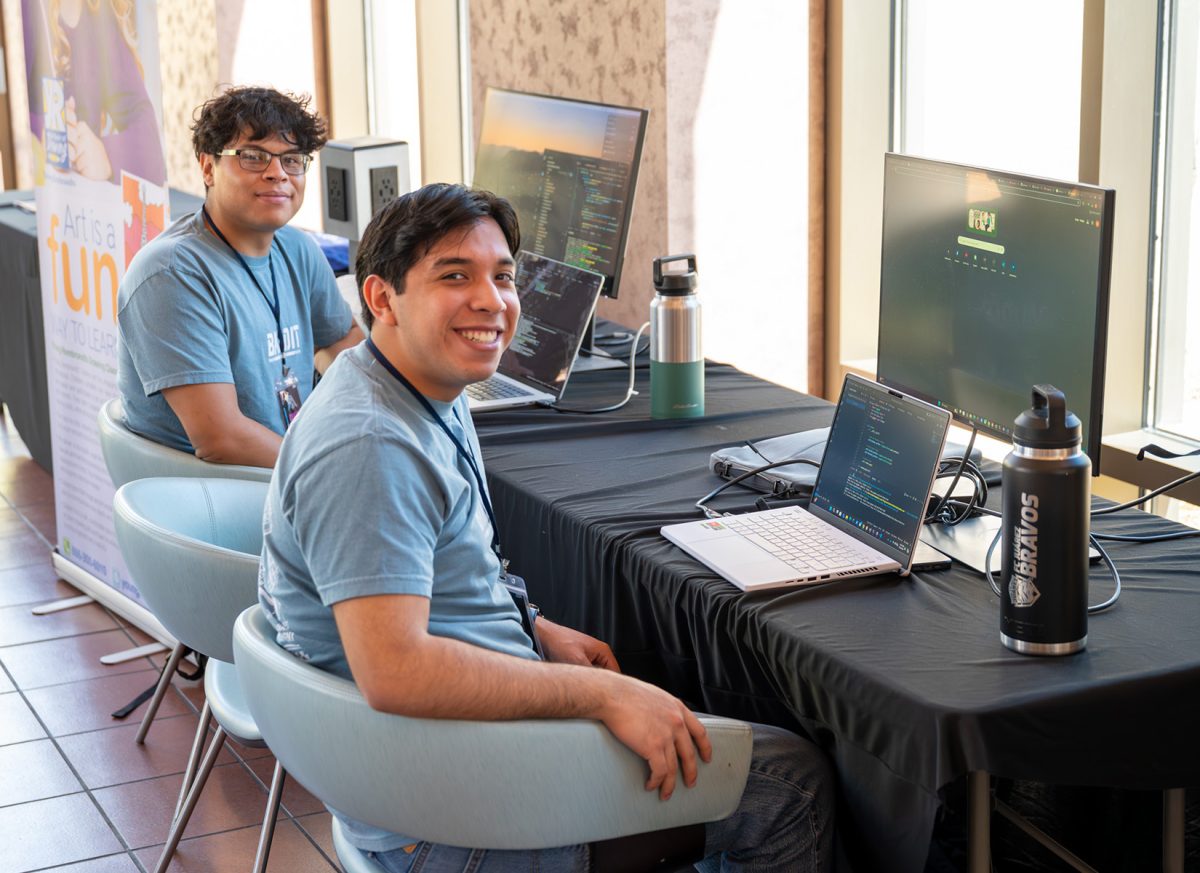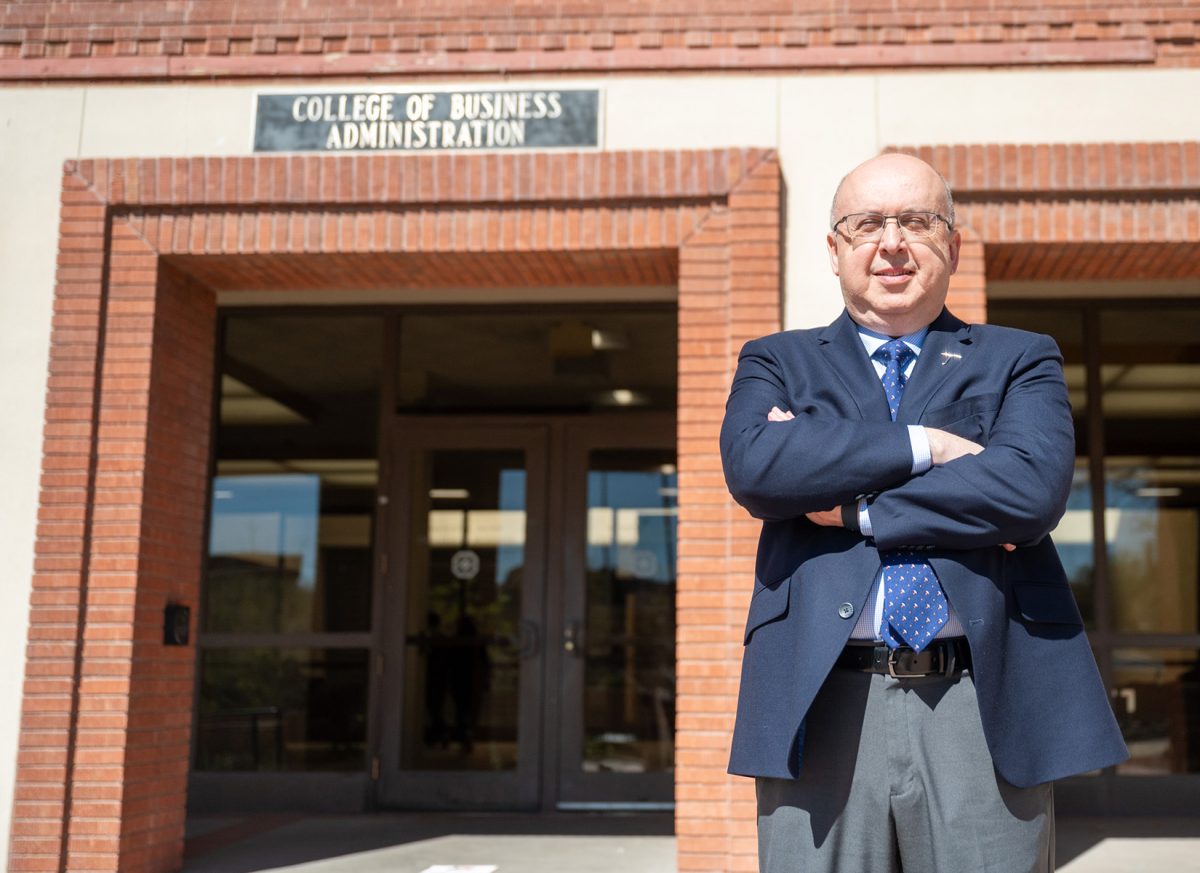This article is part of a continuing series on the Affordable Care Act.
Students seem apathetic towards health care changes as the March 31 deadline looms.
The department of Health and Human Services reports that by mid-January more than 2.2 million people have enrolled through the Affordable Care Act’s healthcare.gov. This number is drastically lower than the 7 million sign-up goal that was chosen as a benchmark of success.
This number is offset by data shared by acasignups.net which uses a computer algorithm to collect data about individual states’ insurance registrations. According to their totals, more than 13 million people have registered with ACA compliant policies, including Medicaid and Medicare, as of Jan. 29.
“I just feel that there is a lot of confusion. Some people don’t really understand what it is about,”
said Maybel Gutierrez, senior multimedia journalism major. “Sometimes when they go online and see so much information, they really don’t understand how it is going to benefit them.”
Gutierrez said she will be required to sign up for “Obamacare,” but has not yet had a chance to.
The trend seems to be a national one. HHS enrollment statistics show that less than 300,000 young people—ages 18 to 34—have signed-on to a federal health care marketplace insurance plan during the first three months of the ACA rollout.
More recent data was not available.
The Obama administration has continually cited an article in The New Republic called “The Kids are Alright: Another Obamacare Lesson from Massachusetts.”
The article indicates that when Massachusetts rolled out its similar health care law, a significant amount of young working-aged citizens waited until fall and winter months to enroll in the health care exchange.
Some students have opted for Medicare despite Texas’ rejection of an expansion of the social service.
Some students are choosing between enrolling in a costly insurance policy because the Medicare sign-up is closed until next October.
Other provisions of the law are moving forward despite contention for their counterparts.
The electronic records provision, which incentivizes better digital record-keeping, has moved forward. The challenge in the upcoming months will be balancing the computerization of documents while adhering to the privacy protection set forth in the 1996 Health Insurance Portability and Accountability Act.
The Spanish-language site has finally been deployed after an extended period of inactivity. The site seems fully functional and will aggregate insurance information.
However, some of the translations on the site are clunky, possibly obscuring some of the meanings.
A 2013 case study published by the New England Journal of Medicine “found no significant effect of Medicaid coverage on the prevalence or diagnosis of hypertension or high cholesterol levels or on the use of medication for these conditions.”
But the study did find that coverage reduced the possibility of a “positive screening for depressing” and “increased the use of many preventive services,” which significantly reduced patient-paid medical expenses.
Sec. 1334 of the ACA allows for a system called “age rating.” Under this program, a senior cannot pay more than three times what someone one-third their age would be charged.
The Kaiser Family Foundation, a non-profit think-tank, reports “older adults will be paying premiums that do not fully cover their expected medical expenses, while younger adults will be paying premiums that more than cover their expenses.”
It is expected that young people, who are less inclined to be ill, will make up the difference in money spent on the elderly.
The Congressional Budget Office reports that federal spending for health care programs—as a percentage of gross domestic profit—is growing faster than other governmental spending. This trend works with a model that anticipates three-fifths of future health care spending will be spent on people over age 65.
For more information on the health care exchange, visit healthcare.gov.
S. David Ramirez may be reached at [email protected].













